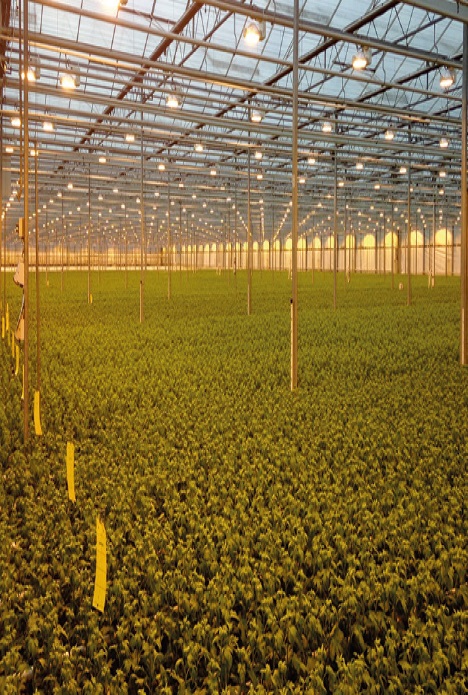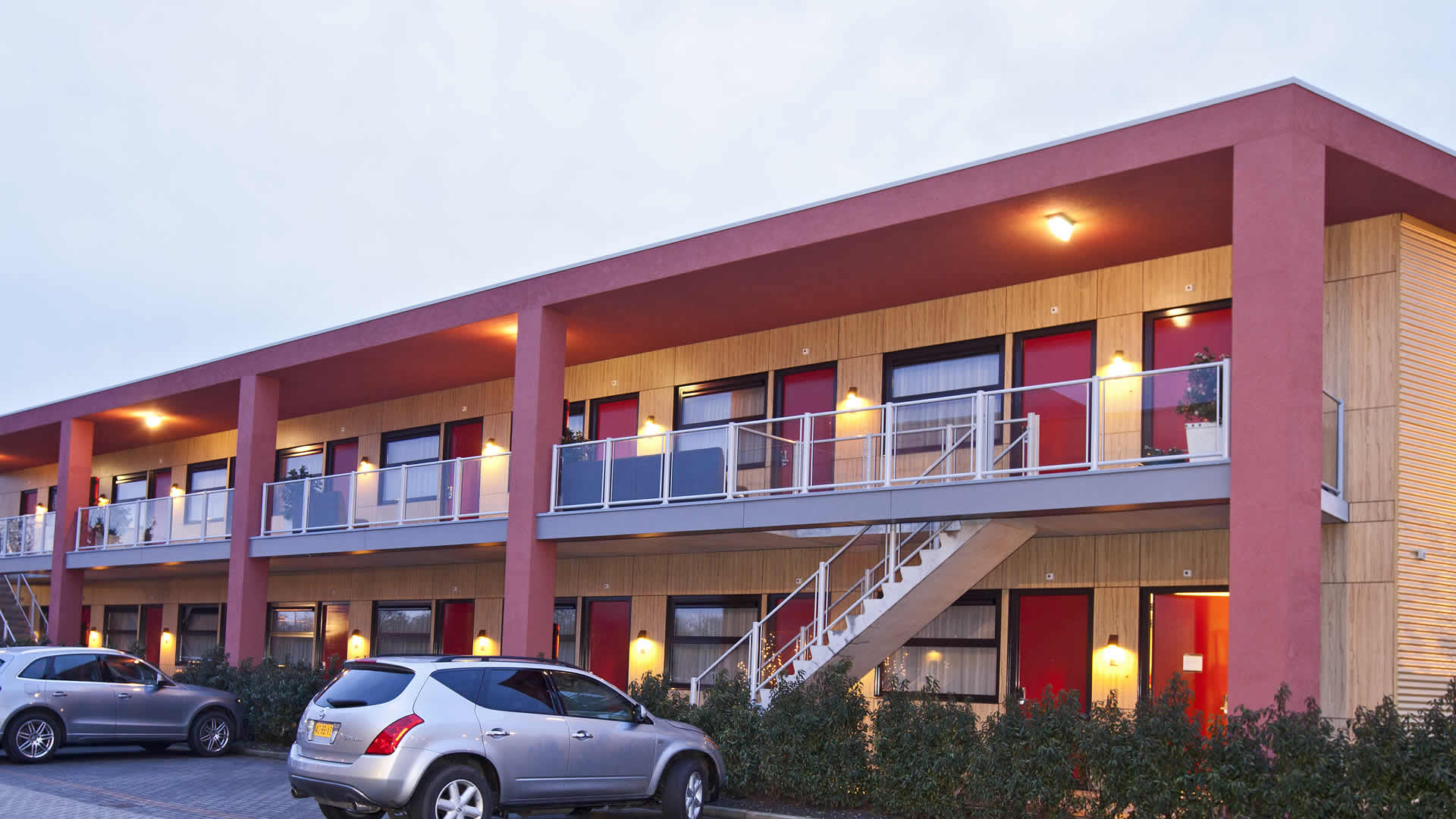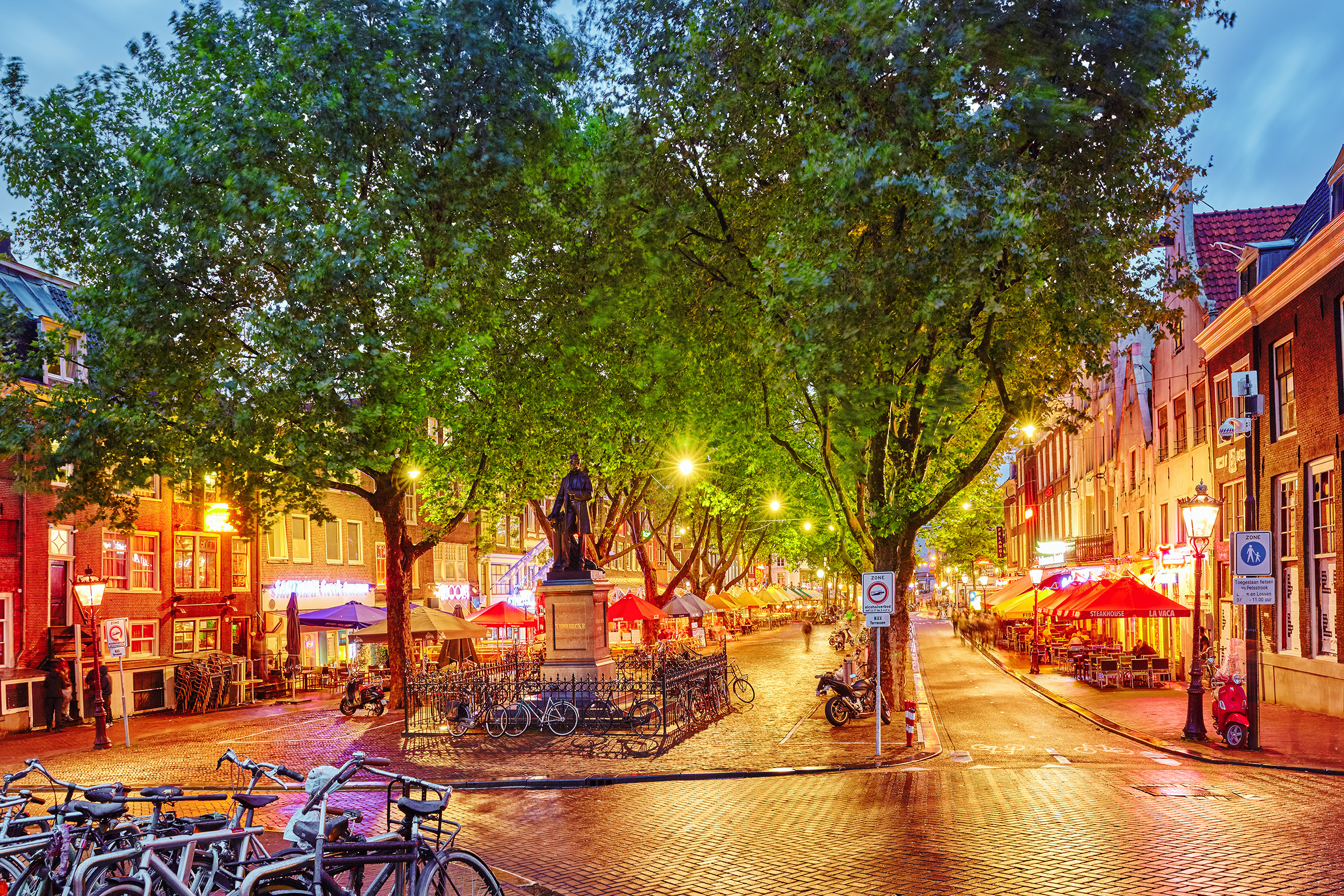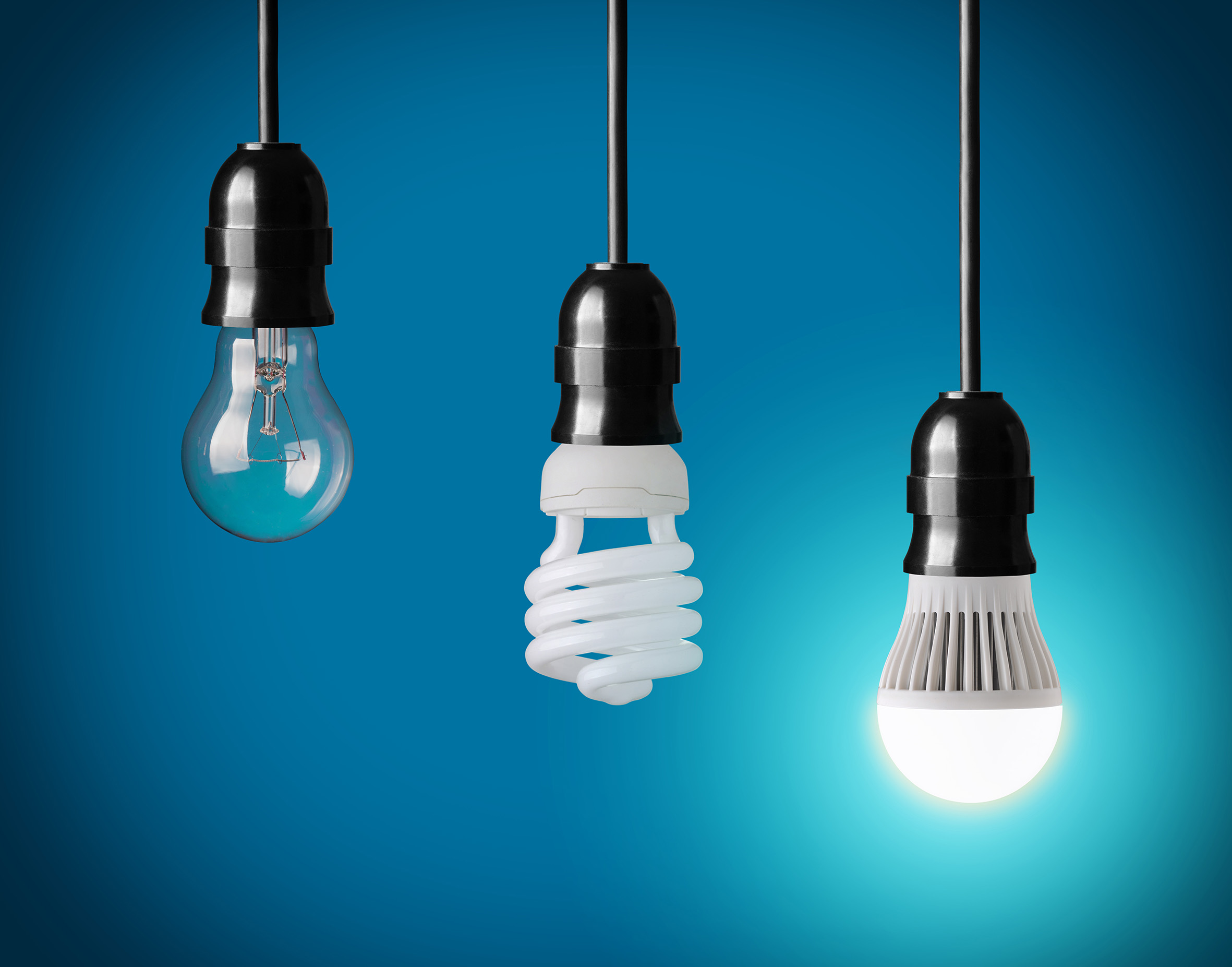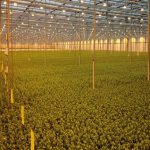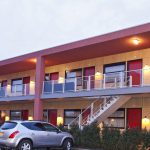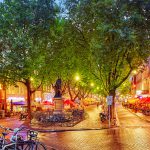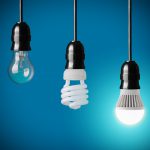WHAT IS THE BEST LIGHTING SOLUTION FOR YOU?
When we think of lighting we often think of LED lighting. However, this is not always the best solution. We suggest that you first answer the questions below before making your decision.
• Where do you need the lighting? In a workplace, for creating a congenial atmosphere, or for accentuating objects?
• In what kind of surrounding do you need the lighting? In an office, building, retail premises, showroom, production facility or external location?
• How often do you use the light? Do you hardly use the room or must there be permanent light?
• What do you expect from light lifetime?
• What is the effect of decreasing light output?
• How important is sustainability and energy saving for you?
Using the following considerations you will achieve an optimal selection for the right type of lighting.
A LIGHTING PLAN ENSURES AN EFFECTIVE RESULT
During the designing or engineering phase your installation company will make a lighting plan to determine which lighting is the best option for your situation. They focus on light point distances, the required amount of light, light colour and energy consumption. They also focus on the function of the room, the use and desired atmosphere.
In order to prevent glare by bright light sources we determine the UGR (Unified Glare Rating) value. A high value indicates discomfort glare measured from eye level and viewing direction. We distinguish direct glare (blinding) or indirect glare (reflecting). The European regulation EN 12464-1 refers to diagrams with UGR values in various surroundings.
POWER OUTPUT AND LIGHT EFFICIENCY DETERMINE THE LIGHT OUTPUT
For many people the most important criterium in choice of lighting is power output. The power output is measured in watt, and not the light output. The total emitted light (light output) differs per lamp.
For example, a LED lamp of 6W has a similar light output as a light bulb of 40W, namely 400 lumens. Compared to light bulbs, fluorescent lamps or halogen lamps, LED lamps are more expensive. If you do not regularly use lighting it is more interesting to look for a cheaper alternative other than LED.
The measurement units Lumens and Watts are used to indicate the light efficiency. Light efficiency is the ratio of luminous flux to power, measured in lumens per watt (lm/Watt). When loss in converting electricity to light energy is less, this provides a more efficient lm/W ratio.
LED IS NOT ALWAYS THE BEST CHOICE
It is often thought that LED is the best choice. Of course, LED has contributed to a positive development in sustainability. It is more energy efficient, durable and does not heat up and directly gives full light.
When is LED not interesting? LED lamps cannot endure excessive warmth. A LED lamp must be able to lose its warmth, if not, its lifetime reduces rapidly. The cooler the environment the higher the LED’s light output will be. By cooling the difference in quality of LED lamps compared with LED lamps of lesser quality is obvious.
LED lamps are generally more expensive. This requires investment and most people want to have fast return on their investment. In particular owners of offices, company buildings, retail premises and factory sites with a lot of lighting devices. Not only the lamps, but also dimmer devices or fluorescent-lamp armatures require adaptations. Lighting that is frequently used has a faster return on investments than lighting that is not used on a regular basis.
Our Beemster specialists will make an exact calculation to see which lighting systems are ideal for your situation. We make a customized light plan and provide investment and return calculations. Please feel free to contact us for more information about your situation and specific needs.
THE TOTAL AMOUNT OF VISIBLE LIGHT IN LUMEN AND WATT OF LIGHT
The light output, also the total amount of visible light, is measured in lumens, lm. To create a sphereful atmosphere people often choose other light colours and less light output. A restaurant with the same lighting system as a showroom is not cosy and lacks ambiance.
The total amount of energy radiated per second from a source emitting light in all directions is called luminous flux and is measured in watts. One watt of light = 683 lumens.
LUMINOUS INTENSITY AND LUMINANCE INDICATE THE TOTAL AMOUNT OF LIGHT IN ANY DIRECTION
Light radiates to all directions in different intensities. The luminous intensity describes the quantity of visible light emitted by a light source in a given direction measured in candela (cd).
Luminance is measured in candela per square metre (cd/m²). It describes the amount of light that passes through, is emitted or reflected from a particular area.
COLOUR TEMPERATURE AND COLOUR RENDERING
Lighting is important to create a particular atmosphere. Lighting is available in various colour temperatures. The colour temperature is measured in Kelvin scale (K). Light bulbs with a low degree Kelvin give warmer yellow light, also called soft white. Light bulbs with higher degree Kelvin generate cool blue light.
Warm yellow or soft white are colours to create a comfortable and relaxing atmosphere. At workplaces we recommend cooler colours.
• extra soft white <2.700K
• soft white 3.000-3.200K
• neutral white is 5.000K
• cool white is >8.000K
The Ra-value (general colouring index) is important for creating natural light. A higher Ra-value means the colour is close to natural daylight. Spaces in which a lot of colour details need to be seen require a very accurate colour rendering, for example in shop windows, showrooms, clothing shops, supermarkets and food industry. The highest possible Ra value is 100.
ADEQUATE WORKPLACE LIGHTING
When you keep your concentration for a long time you work safer and more efficiently. Researches have shown that older persons feel more comfortable when their workplace has more and brighter lighting. Moreover, it improves their performance.
The minimum lighting recommendations of indoor workplaces are stipulated in the European regulation EN 12464-1 and describes lighting level, uniform intensity, glare and colour rendering. This regulation is related to the types of work and type of area.
We distinguish the following categories:
• general areas (traffic zones in buildings, care centres, toilets, warehouses)
• industrial activities (production spaces, divided into various branches)
• offices
• retail premises
• public areas (restaurants, hotels, theatres, museums, convention centres, car parks)
• educational institutes (day-care centres, nursery preschool, educational buildings)
• healthcare (infirmaries, maternity wards, eye diagnostic centres, image diagnostics, dental practices, laboratories, operating rooms)
• Transport (airports and track installations)
For questions about your lighting system, please feel free to contact us without any obligation. We are more than happy to help you.
Feel free to contact us directly:
Sales team
E: info@beemster.nl
T: +31 (0)72 571 1282
Know what you want? Fill out our contact form:


 NL
NL

